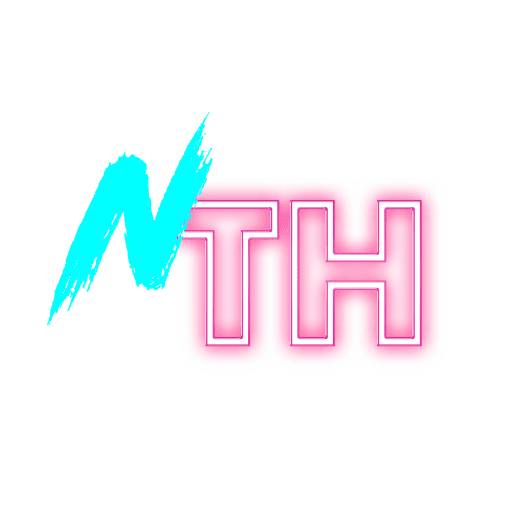One of the biggest announcements at this years GML is the expansion of Google’s Discover platform – opening up exciting new opportunities for marketers. The Discover platform is the closest thing Google has to a social media ‘news feed’, offering up news and entertainment content that has been curated for each individual user. It allows users to discover products, events, news and pop-culture and uses a ‘less and more’ system to get feedback from users on what content they are enjoying. Google is confident in the platform and has therefore made a push for advertising through Discover and other Google properties. The platform grasps users when they’re open to learning and discovering new things, and therefore Google wants to push high-quality, relevant advertising.
Discover campaigns however are not limited to the Discover platform, the same assets and campaigns can be used across Gmail, Maps, Play Store and YouTube – maximising the reach and ROI of your campaigns. Google’s focus for Discover campaigns is on high-quality assets and ensuring that the ads are relevant and natively integrated into the users feed. Google is trying to expand the user journey in areas other than Search and are giving users the option to give the same ‘more or less’ feedback on the advertising they are exposed to. Google’s machine learning knows that 2 out of 3 queries are part of a longer-running need for information. Google can piece together words, concepts and entities to understand the user’s journey, and make predictions based on where it’s heading. This will be a focus on Discover with more content focused on giving users that final push they need to complete their information journey, and it opens many opportunities for relevant ads. This is all part of Google’s push for advertising that is better for both businesses and users, integrating content that is relevant for users and therefore more likely to offer a return for marketers.
Creating these campaigns couldn’t be simpler, Google wants this platform to be accessible for everyone. Therefore they are employing machine learning to drive campaigns and automate the advertising process. To create a Discover campaign you simply upload the highest quality creative you have, perhaps from a favourite social media campaign? Next, choose your audiences, you can even use keywords from other successful campaigns, set your cost-per-acquisition target and make sure you’re measuring conversions, and Google does the rest. The team behind Discover campaigns spoke about the burden that bidding can have on marketers, and this is where machine learning can steal the show. Audience expansion is used to find the best audience for your creative, and Smart Bidding fine tunes bids to locate the best channels and creative to maximise ROI for marketers. The result of this is an ad that seems more like a recommendation, based on what a user likes and interacts with – creating a more organic experience.
Google outlined some best practices and key tips to drive success with your Discover campaigns, check the list out below for more information.
- Keep in mind the various Google properties where they can be placed
- Consolidated ad groups are more effective and simplify campaign management
- Google can create multiple variations with more data – so go asset crazy!
- Machine learning needs data and time to be effective – be patient
- A daily budget of 10x your target CPA bid gives you room for scale and isn’t constrained by budget
- Focus on audiences you know convert – use existing keywords!
- Use assets that already work – focus on lifestyle and inspiration and submit a range of high-quality assets in different shapes and sizes
- Calls to actions and text buttons aren’t needed – these are inbuilt
For now and the immediate future, Search advertising should still be your main focus on Google’s platforms – we love new developments, but Search is still the fastest and best way to get your brand out there. Discover campaigns are still in beta but will be available later in 2019, Google is encouraging brands and marketers to jump on the beta and see how it can work for you, so don’t be afraid to get in touch!












